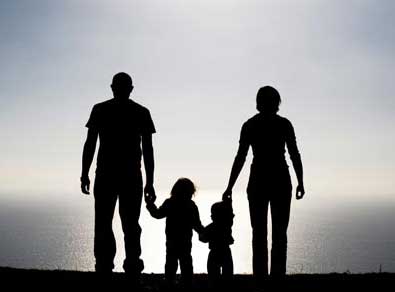
The National Center for Children in Poverty, Mailman School of Public Health, Columbia University cites ongoing developmental changes in the adolescent brain which make ‘adolescents particularly receptive to positive influences of youth development strategies social and emotional learning, and behavioral modeling.’ In other words, parents, educators, coaches and adults in the community working together to help shape a teen’s life can make a significant difference for good. The article, Adolescent Mental Health in the United States, points out that, ‘At the same time, ‘adolescent’s developing brains, coupled with hormonal changes, make them more prone to depression and more likely to engage in risky and thrill-seeking behaviors than either younger children or adults.’ So, expect ups, downs, interruptions, experimentation, moodiness and mistakes, and prepare accordingly.
The article refers to research from Archives of General Psychiatry, that ‘approximately 20% of adolescents have a diagnosable mental health disorder, and between 20% and 30% -a major depressive episode before adulthood.’ According to National Center for Injury Prevention and Control, CDC, ‘Suicide is the third leading cause of death in adolescents and young adults.’ Moving from what we know, to what we can infer, to what the research shows, there is plenty of opportunity to intervene and make a measurable difference in teen mental and emotional health- whether that’s in the school, a medical setting, or in the community –or earlier in the child’s life, developmentally.
‘Between 25% and 33% of adolescents forgo needed care or lack access’ according to The National Longitudinal Study on Adolescent Health, Journal of the American Medical Association. Unstable home lives and homelessness may contribute to a teen’s distress. A recent article on ‘How to Prevent Mental Health Problems? Begin at the Beginning With Infants and Toddlers’ by Matthew Melmed, published in The Huffington Post suggests to, ‘Screen parents for depression. Parents who are experiencing depression may be unable to provide their children with the responsive care they need to feel safe, secure, and love. Supporting parents’ mental health is another way of supporting young children’s mental health.’ The author suggested screening for and intervention with mental health problems from infancy on, through-out the early years of life to prevent problems later.

Higher rates of substance use disorder, joblessness, incarceration, broken home, domestic violence are all contributing factors to that general term, ‘context’. The stress of a family system impacts a developing child. When a child or adolescent does exhibit the need for assessment and intervention, stress is subsequently felt in the entire extended family system. All members of a family need a haven where they find support, guidance, comfort, safety, security, and love- a place of peace and nurture. Toxic stress, economic insecurity, fear, and violence in the home do not generate that supportive cocoon. New models of child protective service tend to focus more on in-home intervention, assertive community treatment, or MST-multi-systemic therapy with a focus on removing the causes of dysfunction to help a family learn to again thrive, and stay together for the good of all. It takes work, consistency and commitment. Change doesn’t happen overnight, but identifying and recognizing how to move forward to a new paradigm is the first step in a longer (life-long) journey.
Child and Family – The Importance of Our Early Life Experiences
